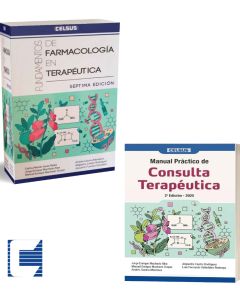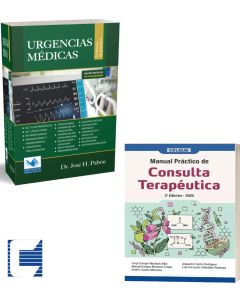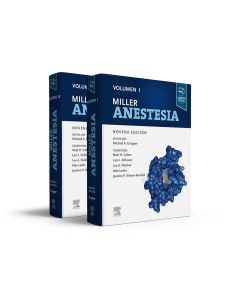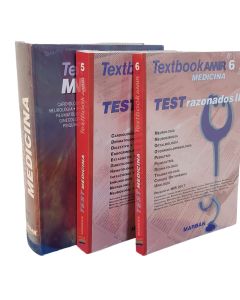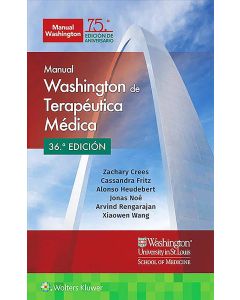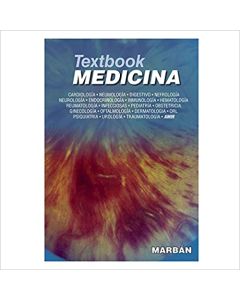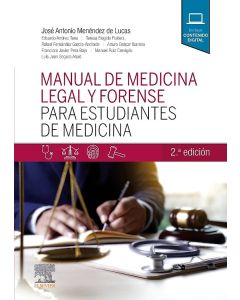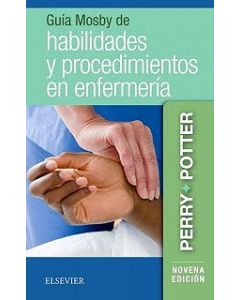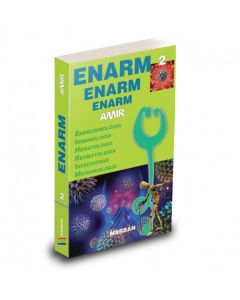En oferta
Atlas of Pulmonary Pathology
Closely mirroring the daily sign-out process, Atlas of Pulmonary Pathology: A Pattern Based Approach is a highly illustrated, efficient guide to accurate diagnosis. This practical reference uses a proven, pattern-based approach to clearly explain how to interpret challenging cases by highlighting red flags in the clinical chart and locating hidden clues in the slides. Useful as a daily “scope-side guide,” it features numerous clinical and educational features that help you find pertinent information, reach a correct diagnosis, and assemble a thorough and streamlined pathology report.
More than 1,600 high-quality photomicrographs capture the subtle morphologic spectrum of both neoplastic and non-neoplastic lung biopsies. Each image is captioned with key diagnostic considerations and includes callouts showing subtle features and diagnostic clues.
Practical tools throughout the text include:
Tables that emphasize salient clinicopathologic features, management implications, and therapeutic options
Discussions of how and when to incorporate molecular tools
Checklists for key elements of the diagnostic approach and sample notes for inclusion in pathology reports
Relevant endoscopic images, photographs of select gross specimens, and medical figures
Brief reviews of normal histology that provide contrast to succeeding patterns
“Pearls and Pitfalls” and “Near Misses” sections with lessons from real life sign-out experience
“Frequently Asked Questions” sections that discuss common diagnostic dilemmas
“Sample Note” sections that offer a template of how to sign out cases from the simple to the complex
Comprehensive quiz provides experience with high-yield, board-style teaching topics
Enrich Your eBook Reading Experience
Read directly on your preferred device(s), such as computer, tablet, or smartphone.
Easily convert to audiobook, powering your content with natural language text-to-speech.
-
Especialidad
- Patología

Closely mirroring the daily sign-out process, Atlas of Pulmonary Pathology: A Pattern Based Approach is a highly illustrated, efficient guide to accurate diagnosis. This practical reference uses a proven, pattern-based approach to clearly explain how to interpret challenging cases by highlighting red flags in the clinical chart and locating hidden clues in the slides. Useful as a daily “scope-side guide,” it features numerous clinical and educational features that help you find pertinent information, reach a correct diagnosis, and assemble a thorough and streamlined pathology report.
More than 1,600 high-quality photomicrographs capture the subtle morphologic spectrum of both neoplastic and non-neoplastic lung biopsies. Each image is captioned with key diagnostic considerations and includes callouts showing subtle features and diagnostic clues.
Practical tools throughout the text include:
Tables that emphasize salient clinicopathologic features, management implications, and therapeutic options
Discussions of how and when to incorporate molecular tools
Checklists for key elements of the diagnostic approach and sample notes for inclusion in pathology reports
Relevant endoscopic images, photographs of select gross specimens, and medical figures
Brief reviews of normal histology that provide contrast to succeeding patterns
“Pearls and Pitfalls” and “Near Misses” sections with lessons from real life sign-out experience
“Frequently Asked Questions” sections that discuss common diagnostic dilemmas
“Sample Note” sections that offer a template of how to sign out cases from the simple to the complex
Comprehensive quiz provides experience with high-yield, board-style teaching topics
Enrich Your eBook Reading Experience
Read directly on your preferred device(s), such as computer, tablet, or smartphone.
Easily convert to audiobook, powering your content with natural language text-to-speech.
1 THE UNREMARKABLE LUNG 1
Basic Anatomy 2
Common Incidental Findings 11
Common Iatrogenic Findings and Artifacts 13
2 NODULES 17
Neoplastic 19
Glands, Tubules, or Papillary Differentiation: Benign/Mild Atypia 19
Glands, Tubules, or Papillary Differentiation: Malignant 36
Squamous Differentiation 91
Neuroendocrine Differentiation 108
Spindled and/or Epithelioid Cell Differentiation 123
Hematolymphoid Differentiation 143
Poorly Differentiated 152
Nonneoplastic 159
Aspiration 159
Sarcoidosis/Necrotizing Sarcoid Granulomatosis 164
Berylliosis 170
Silicosis 171
Coal Workers’ Pneumoconiosis 175
Granulomatosis With Polyangiitis 177
Eosinophilic Granulomatosis With Polyangiitis 181
Rheumatoid Nodule 184
Pulmonary Infections 186
Fungal Infections 186
Bacterial Infections 197
Parasitic Infections 201
Viral Infections 202
Diffuse Meningotheliomatosis 203
Nodular Amyloid and Light-Chain Deposit Disease 204
Pulmonary Hyalinizing Granuloma 208
Metaplastic Ossification 209
Ehlers-Danlos Syndrome 211
Bronchocentric Granulomatosis 213
E-cigarette or Vaping Product Use-Associated Lung Injury 214
Apical Cap 217
Round Atelectasis 217
3 INTERSTITIAL PATTERN-CELLULAR 229
Separating the Pattern from the Etiology 230
Cellular Nonspecific Interstitial Pneumonia 230
Connective Tissue Disease-Associated Interstitial Lung Disease 236
Lymphoid Interstitial Pneumonia 243
Common Variable and Selective IgA Immunodeficiency 248
Hypersensitivity Pneumonitis 250
Subacute Hypersensitivity Pneumonitis 250
Acute Hypersensitivity Pneumonitis 255
Hot Tub Lung 259
Extramedullary Hematopoiesis, Interstitial 261
Escribir Su propia reseña

